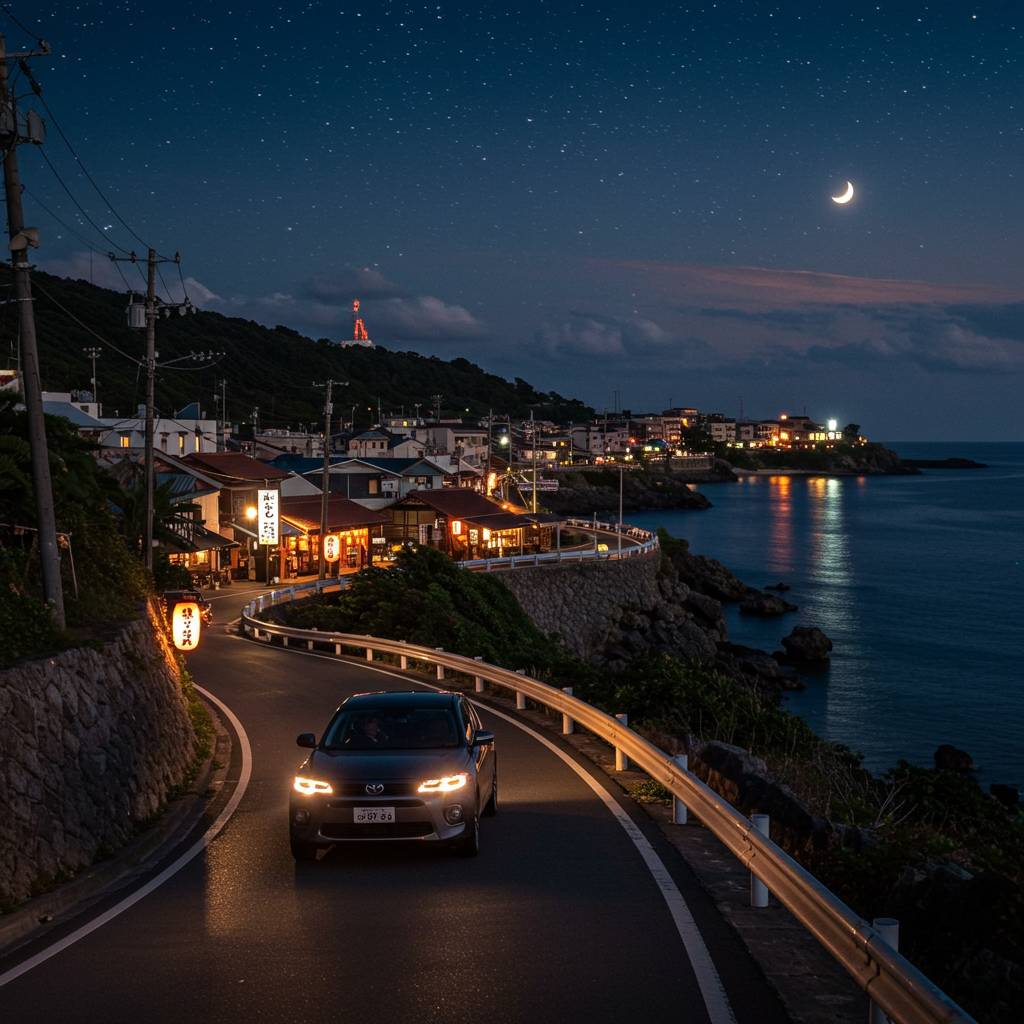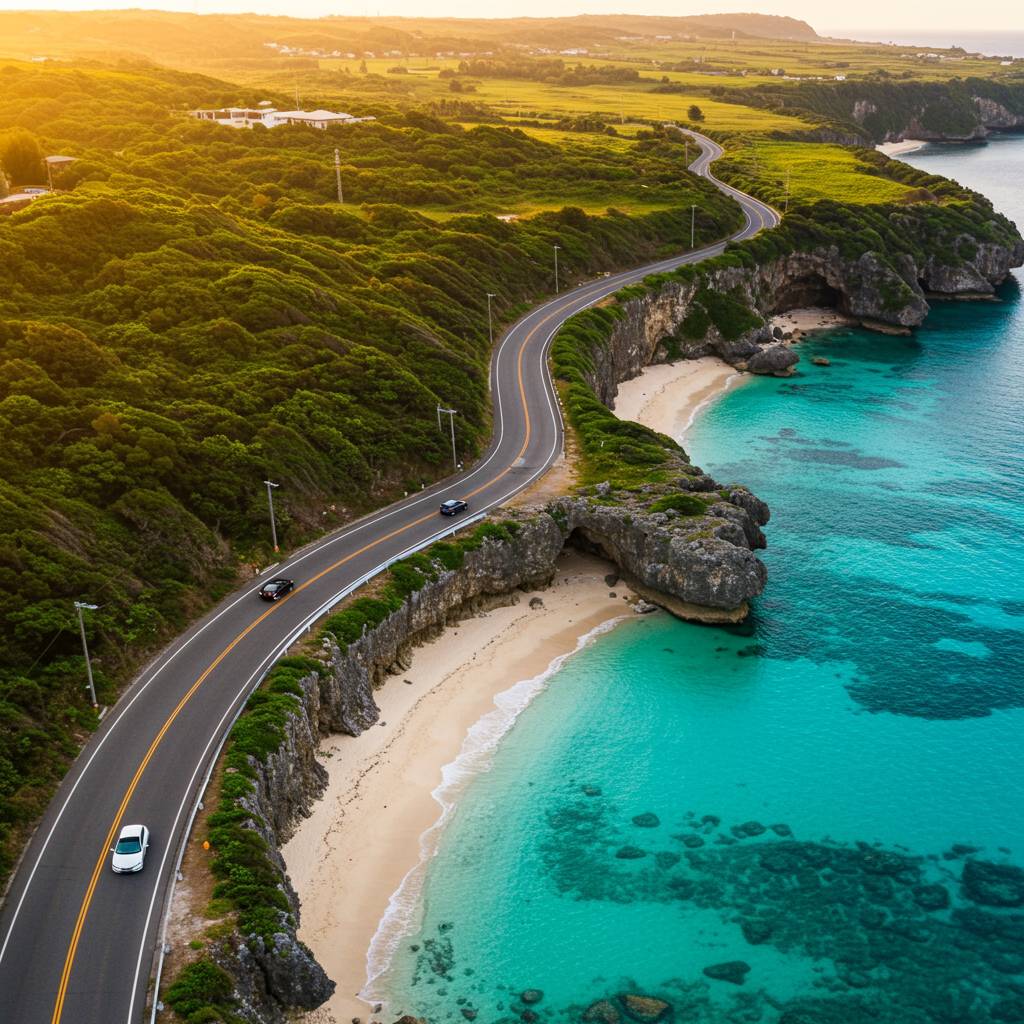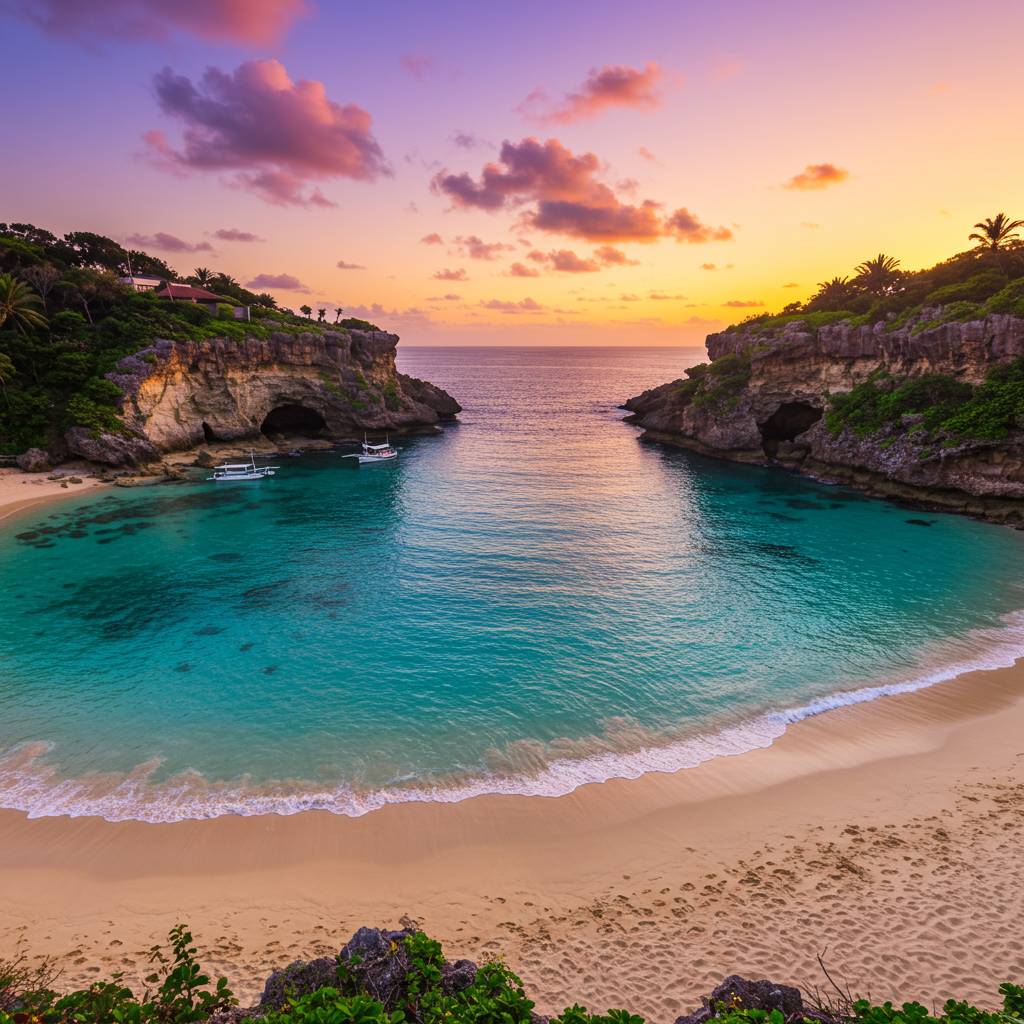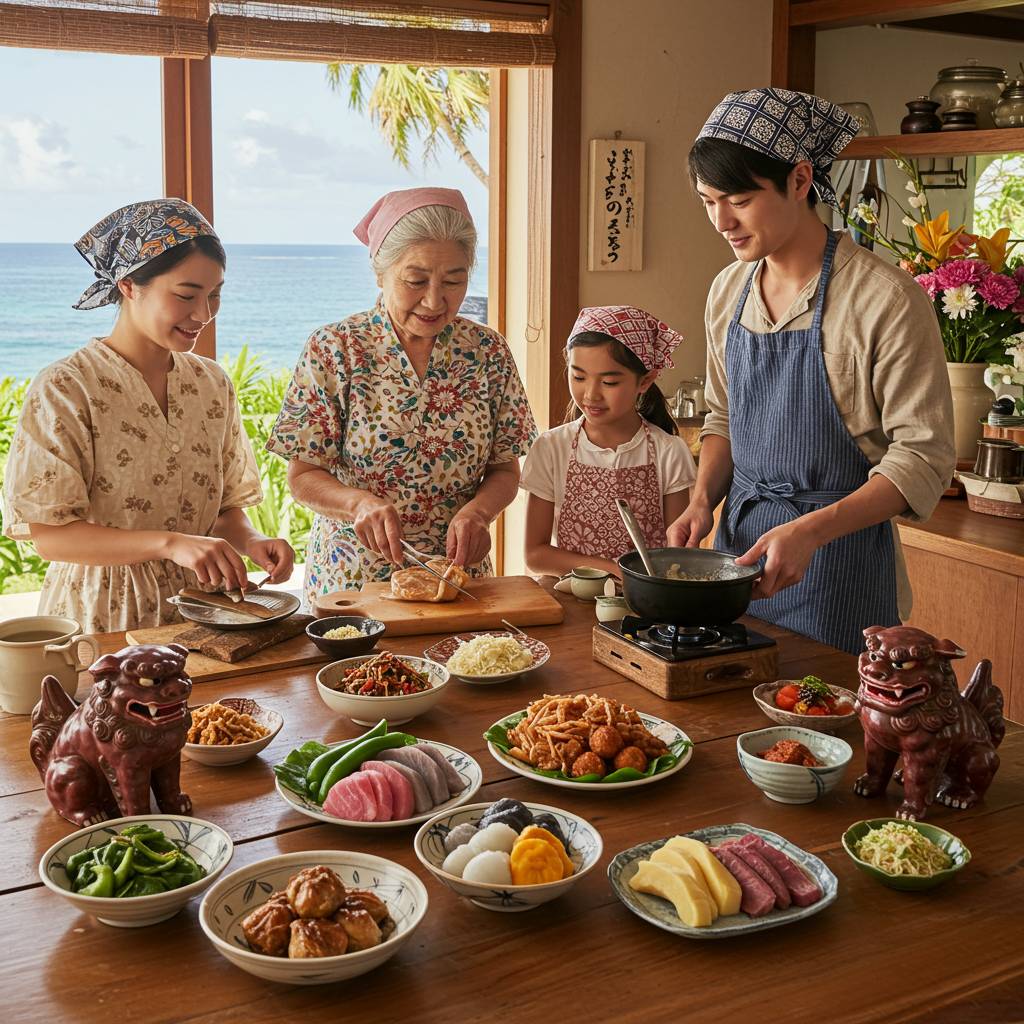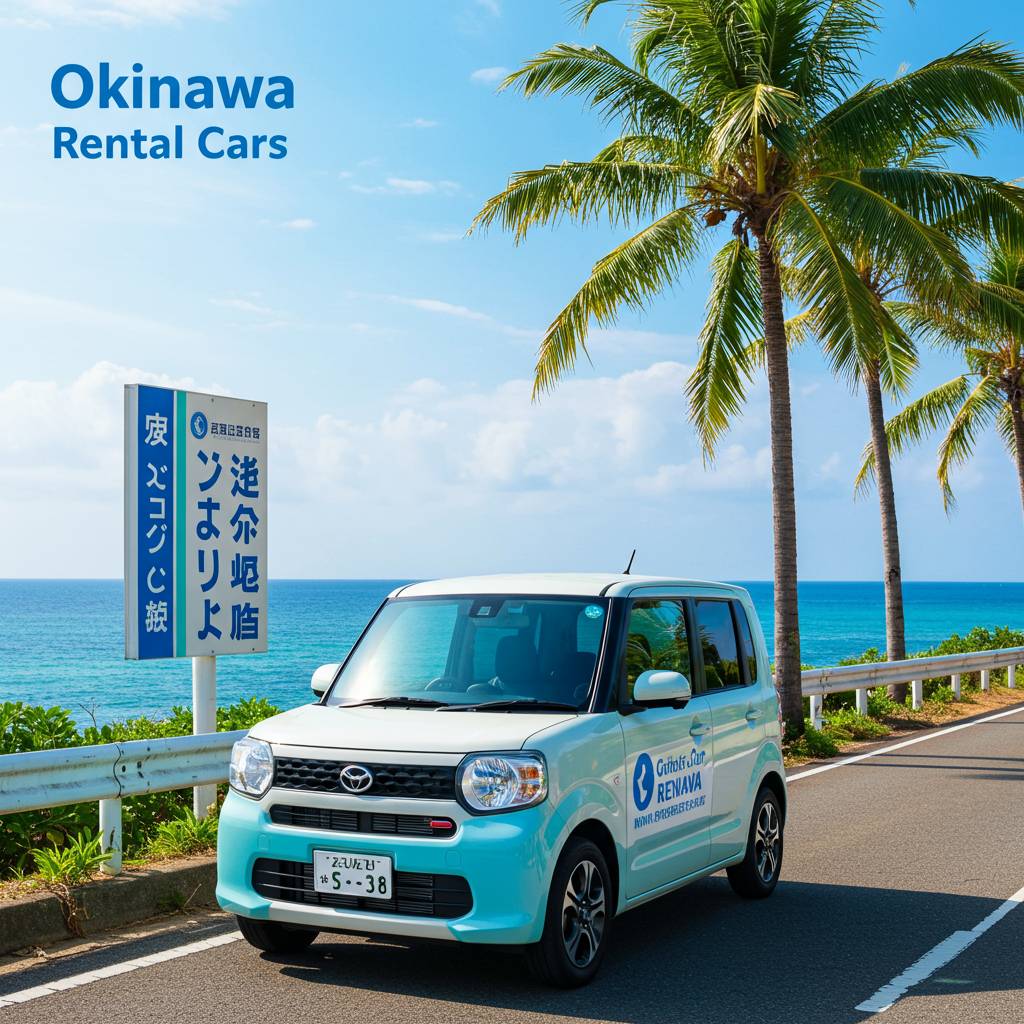Planning a family vacation to Okinawa? You’re in for a treat! As Japan’s tropical paradise, Okinawa offers some of the most spectacular beaches in Asia that are perfect for families with children. While public transportation exists on the island, having a rental car gives you the freedom to explore the most family-friendly coastal spots at your own pace. From shallow, calm waters where toddlers can safely splash around to beaches with convenient facilities and easy parking access, this guide will help you discover Okinawa’s beach treasures that both parents and kids will love. I’ve personally visited these beaches multiple times with my family and can assure you these recommendations come from real experience. Read on to discover where you can create unforgettable memories with your children while enjoying the breathtaking beauty of Okinawa’s shorelines—all accessible with your rental car for maximum convenience and flexibility during your family adventure.
1. Top 5 Okinawa Beaches Where Your Kids Can Safely Play While You Relax
Exploring Okinawa with children becomes a magical experience when you discover the perfect beaches that balance safety for the little ones with relaxation for parents. With a rental car, these natural treasures become easily accessible, allowing your family to experience the best of what this tropical paradise offers at your own pace.
Emerald Beach at Ocean Expo Park stands out as perhaps the most family-friendly beach in Okinawa. The calm, shallow waters are protected by offshore breakwaters, creating a natural swimming pool effect where children can splash safely. The pristine white sand is regularly cleaned, and facilities include showers, changing rooms, and nearby food options. Parents appreciate the lifeguards on duty during peak seasons and the convenient parking just steps from the beach.
Sesoko Beach on Sesoko Island offers crystalline waters with a gentle slope, making it ideal for families with children learning to swim. After crossing the free bridge from the main island, you’ll find ample parking and basic amenities including restrooms and rental equipment. The beach’s natural shade from surrounding trees provides perfect spots for parents to relax while keeping an eye on playing children.
Tropical Beach in Ginowan City delivers convenience without sacrificing beauty. This artificial beach features exceptionally calm waters and soft sand that’s comfortable for little feet. The comprehensive facilities include clean bathrooms, showers, and nearby restaurants. The spacious parking lot accommodates rental cars easily, and the adjacent park offers additional play areas when children need a break from the water.
For families seeking natural beauty with safety, Azama Sun Sun Beach in southern Okinawa presents shallow, crystal-clear waters protected by a coral reef. The gradual depth makes it perfect for children of all swimming abilities. Lifeguards, shower facilities, and rental equipment enhance the family-friendly atmosphere, while the extensive parking area accommodates visitors even during busy periods.
Araha Beach in central Okinawa rounds out the list with its combination of accessibility and amenities. Just minutes from major hotels and shopping areas, this beach features a roped-off swimming area for added safety. The adjacent Araha Park includes playground equipment when children need terrestrial adventures. Extensive parking, clean facilities, and nearby dining options make this an easy choice for families, especially those adjusting to their first days with a rental car in Okinawa.
Each of these beaches offers something special for families while ensuring parents can actually relax rather than constantly worry about safety concerns. With your rental car, you have the freedom to visit multiple locations during your stay, discovering which beach perfectly matches your family’s unique preferences.
2. The Ultimate Guide to Okinawa’s Hidden Family Beaches: Perfect Spots to Park Your Rental Car
Discovering Okinawa’s family-friendly beaches becomes an adventure of its own when you have a rental car at your disposal. Beyond the tourist hotspots lies a treasure trove of hidden coastal gems where children can splash safely and parents can relax without fighting crowds.
Emerald Beach at Ocean Expo Park offers the perfect combination of convenience and beauty. With its spacious parking lot just steps from the shore, you can easily transport all your beach gear without exhausting little ones before the fun begins. The gentle slope into crystal-clear waters creates a natural paddling pool for toddlers, while the lifeguards provide extra peace of mind.
For those willing to venture slightly off the beaten path, Kouri Beach on Kouri Island presents an idyllic setting connected to the main island by a picturesque bridge. The dedicated parking area means you won’t waste precious family time searching for a spot. The shallow, calm waters extend far from shore, creating a massive natural playground where children can explore safely.
Azama Sun Sun Beach in southern Okinawa deserves special mention for its comprehensive family facilities. The large, organized parking lot leads directly to a beach equipped with showers, changing rooms, and shaded rest areas. The protected cove keeps waves gentle, making it ideal for swimming with children of all ages.
When planning your beach-hopping adventure, consider Okuma Beach on the northern coast. Its expansive parking facilities accommodate vehicles of all sizes, while the white sand and turquoise waters feel like stepping into a postcard. Numerous food vendors line the approach, ensuring hungry kids (and adults) stay fueled throughout the day.
Don’t overlook Mibaru Beach for its exceptional snorkeling opportunities that are accessible even for beginners. The convenient parking area allows you to unload snorkel gear easily, while the calm, clear waters reveal an underwater world that will captivate curious young minds just a few meters from shore.
Each of these beaches offers something unique for families while sharing essential conveniences: reliable parking, clean facilities, and safe swimming conditions. By having your rental car, you gain the freedom to explore these less-crowded alternatives to Okinawa’s more famous beaches, creating memorable family experiences away from the tourist masses.
3. Crystal Clear Waters & Easy Parking: Okinawa’s Most Convenient Beaches for Families with Young Children
When traveling with young children in Okinawa, finding beaches that combine safety, convenience, and natural beauty becomes essential. Several Okinawa beaches stand out for families seeking easy access by rental car and facilities that cater to little ones.
Emerald Beach at Ocean Expo Park tops our family-friendly list with its pristine white sand and shallow, calm waters perfect for toddlers. The convenient parking lot is just steps from the shoreline, minimizing the challenge of carrying beach gear and tired children. The adjacent Churaumi Aquarium provides an excellent backup activity for cloudy days or when the kids need a break from the sun.
Sesoko Beach offers another family paradise with crystal-clear waters and a gradual slope that’s ideal for young swimmers. The beach features ample parking directly adjacent to the shore, restrooms with changing facilities, and outdoor showers for rinsing off sandy feet. Many families appreciate the nearby food vendors selling child-friendly snacks and drinks.
For those staying in southern Okinawa, Azama Sun Sun Beach combines accessibility with amenities. Its protected cove creates gentle waves, while lifeguards provide an extra layer of safety during peak seasons. The spacious parking area accommodates family-sized vehicles, and the beach provides rental umbrellas and chairs—saving valuable space in your rental car.
Tropical Beach in Ginowan offers urban convenience without sacrificing beauty. Located near major hotels, this beach features excellent facilities including clean bathrooms, changing rooms, and beachside cafés serving kid-friendly meals. The parking lot sits directly beside the beach entrance, making arrival and departure stress-free even with tired children.
When planning your beach day, consider visiting these family-friendly spots during weekday mornings when crowds are thinner and parking more abundant. Always pack plenty of sun protection, as Okinawa’s UV index can be intense even on cloudy days.
For rental car reservations in Okinawa, visit “RENT A CAR HIROBA”
Make the best memories of your trip at the rental car plaza!
Click here to reserve a rental car ↓
・Cheap rental cars in Okinawa are at the lowest price starting from 1,500 yen. Rent-a-car Hiroba is recommended for reservations and comparisons.
https://rentacar-hiroba.com/



